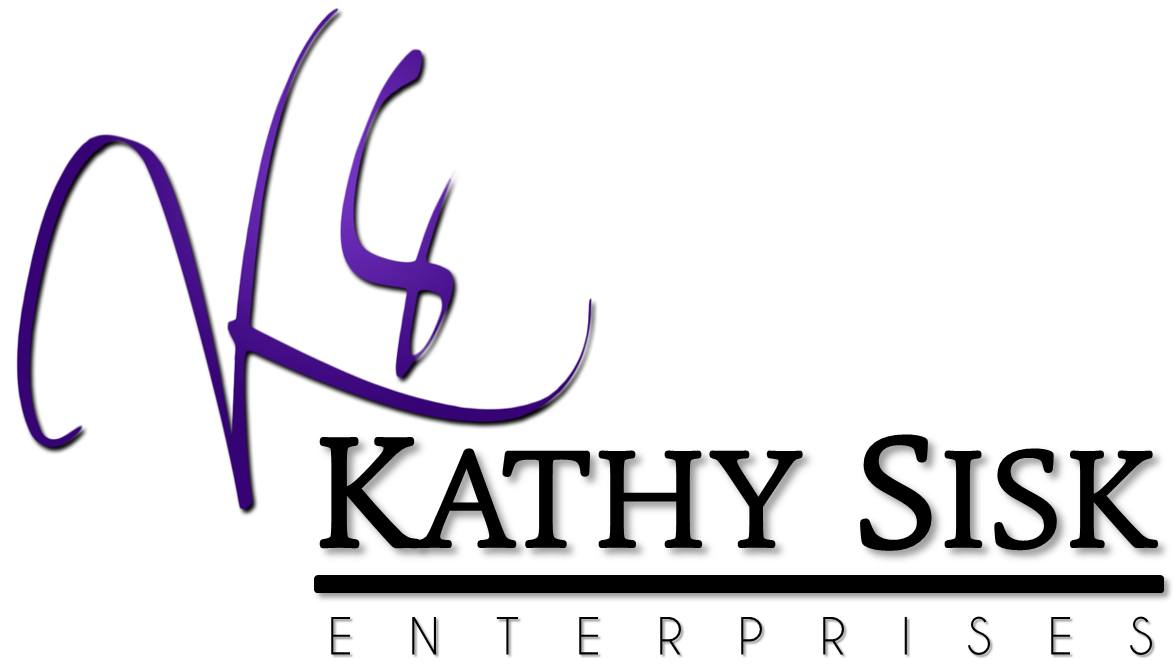That is a big question and requires an answer in three parts. The first part is to consider the following important points when handling objections:
- Attempt to determine if the objection is the result of a preexisting issue or a misunderstanding of the product’s features and benefits.
- When you hear an objection, consider it an invitation to provide additional selling points!
- Draw out your prospects. Try to understand their needs. You accomplish this by asking the right questions.
- When your position is strong with your prospect and he or she was listening to your ideas, then your only alternative is to answer the nest question….
What is your prospect really trying to tell you? First, when faced with an objection, you need to go through an interpretation of the objection. What is your prospect really trying to say? For example, when the objection is about price, your prospect might say, “It’s too much money,” or, “I can’t afford it!” You don’t want to agree with your prospect’s objection, nor do you want to assume that this is exactly what the prospect means. What you must do first is interpret the objection. You should be thinking, “There must be a misunderstanding or a misconception about the products or services.”
Second, you need to assess what that misunderstanding or misconception is. If you were to gather all the objections you would ever receive from your prospect and put them into categories, what would they be? Below are the categories, and there are no others. When you really think about all the objections you could get, they would fit into one of the six listed.
Next to each objection is an example of the prospect’s expression of that objection and how you should interpret that expression.
Objection Prospect’s Expression Your Interpretation
Money “Too much money” There is a misunderstanding or misconception
“Not enough money” of the cost.
Time “Not now, call back.” There is a condition standing in the way.
“Call me in the spring.”
Information “Send me information.” Confirm it! Is prospect interested or not?
“I have to talk it over Qualify this! They may lack of information.
with my partner.”
Competition “I know someone in Prospect needs to be educated.
the business.”
“I like ABC company.”
Customer “I don’t like salespeople.” Prospect had a bad situation or experience.
Service “I never do business
over the telephone.”
Silence or “Yes,” “No,” “I don’t You’re losing control, you need to break
guttural know,” “Don’t care,” through undetermined barriers. Take control
utterances “Maybe” Prospect not of the situation, get prospect to open up.
participating, hung up.
Once you have categorized and interpreted your prospect’s objections, the next step is to narrow down the “real issues” and begin overcoming or outweighing the objections. Keep in mind that your correct interpretation enables you to select the most effective objection-handling method.
